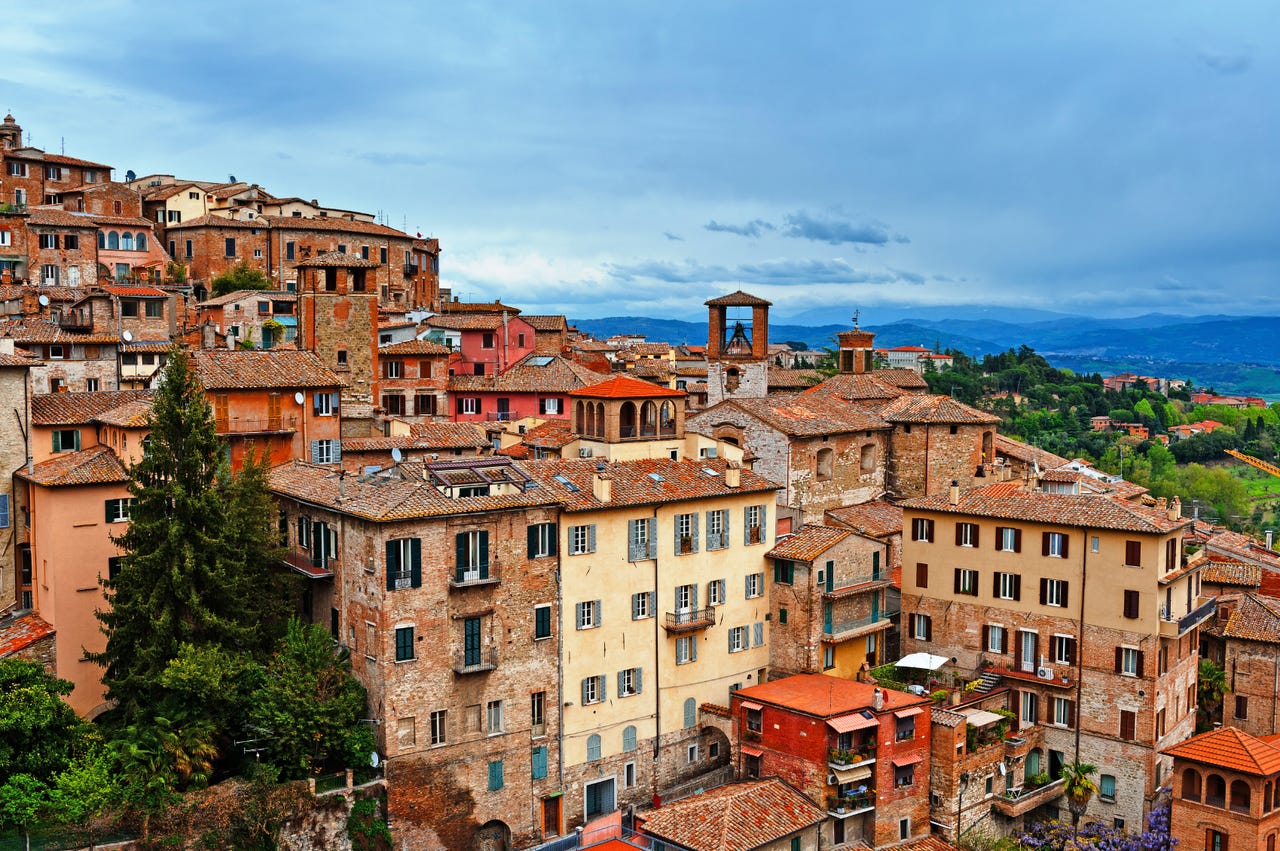From sick man of European internet use, here's how Italy plans to leapfrog ahead


Perugia will be the first of hundreds of Italian cities to receive fiber connectivity to the home.
In terms of online surfing, Italy still lags behind other European countries. Only 51 percent of the country's households have a fixed broadband subscription, compared with the continent's average of 70 percent.
Even more disappointingly, most of these connections use legacy, copper-wire based networks, rather than newer and faster options provided by fiber-optic cables. The average surfing speed in Italy is a mere 6.5Mbps, compared, for example, with 17.4Mbps in Sweden.
However, things may be about to change if measures announced over the past two months by the Italian government come into effect.
In particular, the cabinet of prime minister Matteo Renzi is betting heavily on a new project to be carried out by electricity and gas distributor Enel.
The utility, of which the ministry of economy and finance is the main shareholder, has been tasked with providing fiber connectivity in 224 Italian cities, building on the existing network used for household meters.
Last year, the company started scheduling the replacement before 2020 of the 33 million smartmeters it had installed at the beginning of the century. It argued it could seize this opportunity to lay fiber-optic cables at the same time.
This 'dark', unused fiber could then be leased to telecoms operators, which will in turn provide internet access to families and firms.
"This could help cut costs and eliminate the need for new excavation, because the infrastructure is already in place," CEO Francesco Starace told online magazine Il Corriere delle Comunicazioni at the time.
It could also not only provide fiber to the home, or FTTH, connectivity, since the meters are installed inside buildings, but it could do so faster than other approaches, which usually carry the fiber up to a cabinet in the street, and then use copper to reach the households.
With the government's backing, the proposal has turned into a real commitment. To keep its promise, Enel has set up a separate vehicle, Enel Open Fiber (EOF), to take charge of the operations.
The roadmap for the project, for which the company has pledged €2.5bn ($2.8bn), and the time needed to complete it, remain unclear.
While Starace mentioned at first a 30-months time span to cover all the 224 cities included in the plan, Open Fiber's CEO Tommaso Pompei has given different figures, namely "three or four years" to complete the works.
What's certain is that the first town to take advantage of the offer will be Perugia, where the FTTH networks should go live this month, followed later in the summer by Cagliari, Venezia, Catania and Bari.
In April, EOF signed an agreement with Vodafone and Wind, which are both interested in using the new infrastructure to deliver fiber-optic connectivity to their customers. Other partnerships might follow after the summer.
While the Open Fiber project should indeed improve the average connection speed in large and mid-sized Italian cities, it does not address the problem of lacking or unsatisfying broadband coverage in the so-called "market failure areas". These are parts of the country into which carriers do not find it financially advantageous to expand their networks.
It's no small issue: 22 percent of the entire population of the country, or 13 million people, live in such areas. For them, the government has so far pledged €3.3bn ($3.7bn) to build networks and is looking for investments by private operators and by regions as well.
The first call for tenders will be announced shortly in six regions: Lombardy, Veneto, Emilia Romagna, Tuscany, Abruzzo and Molise.
The goal is to cover the entire national territory with 30Mbps connections by 2020 and in the same time frame have 50 percent of households with 100Mbps subscriptions, in line with the targets set by the Europe's Digital Agenda.